15 Traditional Housing Types From Around the World
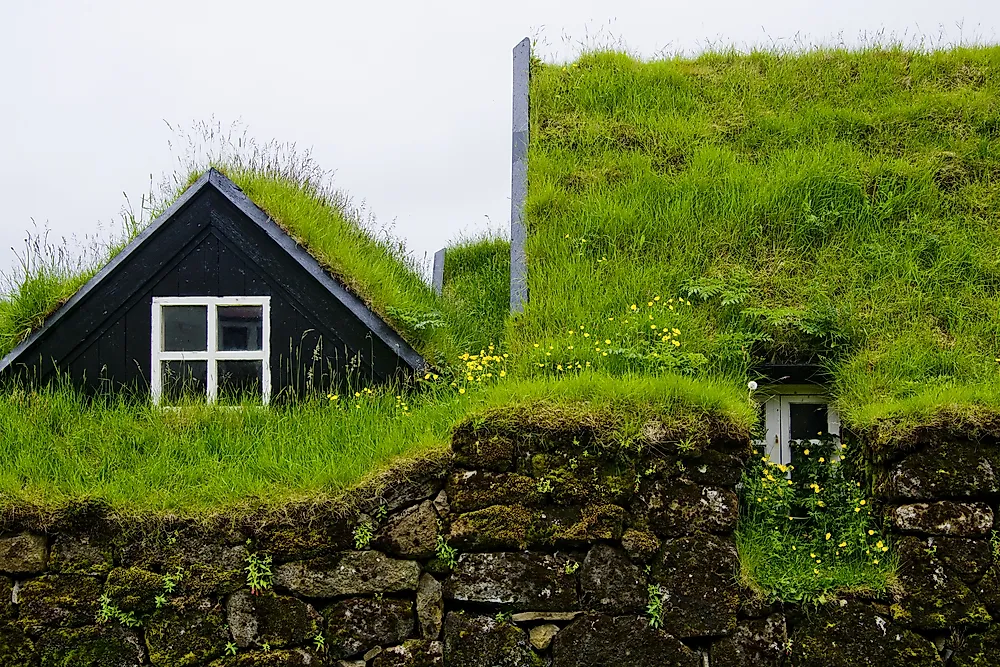
15. Courtyard Houses - Syria
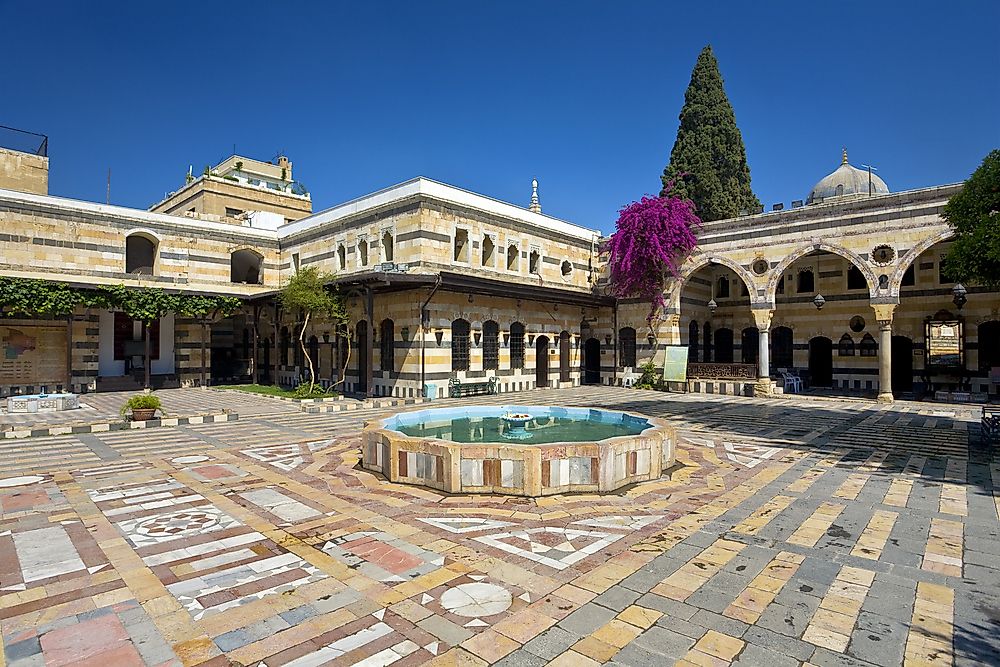
The traditional housing structure of Syria is the courtyard house, which dates back to 3000 BC. The idea is that the house is built around a central courtyard area that can be reached from various rooms in the home. This concept was first utilized by nomads, who placed their tents in a circular shape, leaving a sheltered space in the middle that provided shelter to the animals. Permanent courtyard houses typically consist of 3 floors: a basement level that provides comfortable temperatures during extreme climate conditions, a ground level that makes up the main living quarters, and a second level that houses private rooms.
14. Cape Dutch architecture - South Africa
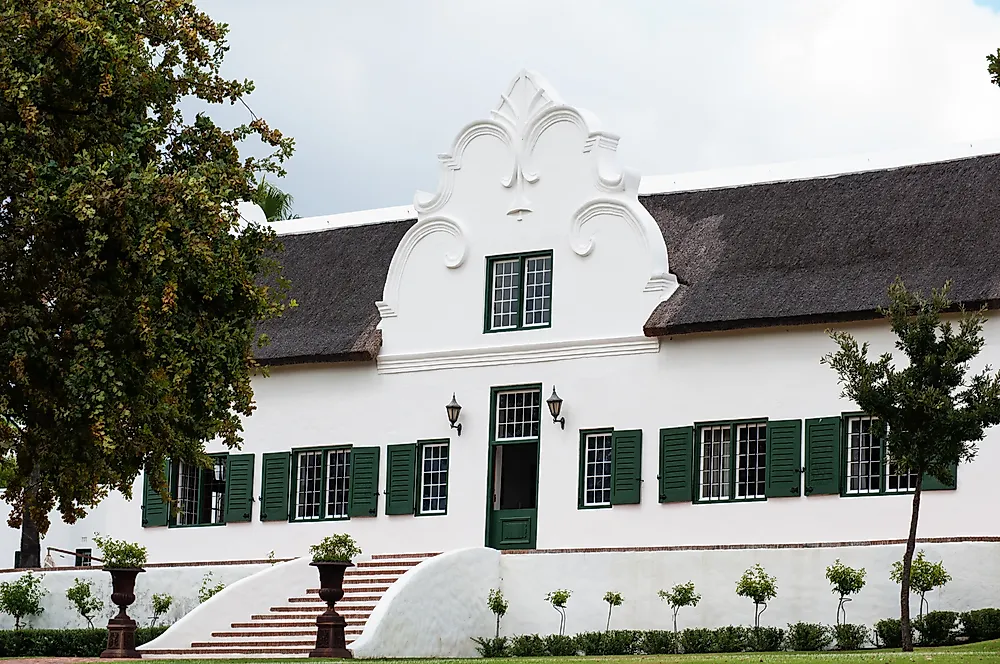
Cape Dutch architecture describes the unique building style found primarily in the Western Cape of South Africa. These Cape Dutch style homes were built to resemble the Dutch style townhomes of Amsterdam and are characterized by intricate rounded gables over the entrance and on the sides. Another unique feature of this architectural style is that the home has 1 principal area and 2 perpendicular wings, which create a sort of 3-sided garden or patio area in the back. Typically, Cape Dutch homes are finished in whitewash and have thatched roofs.
13. Rock-cut architecture - Ancient Egypt
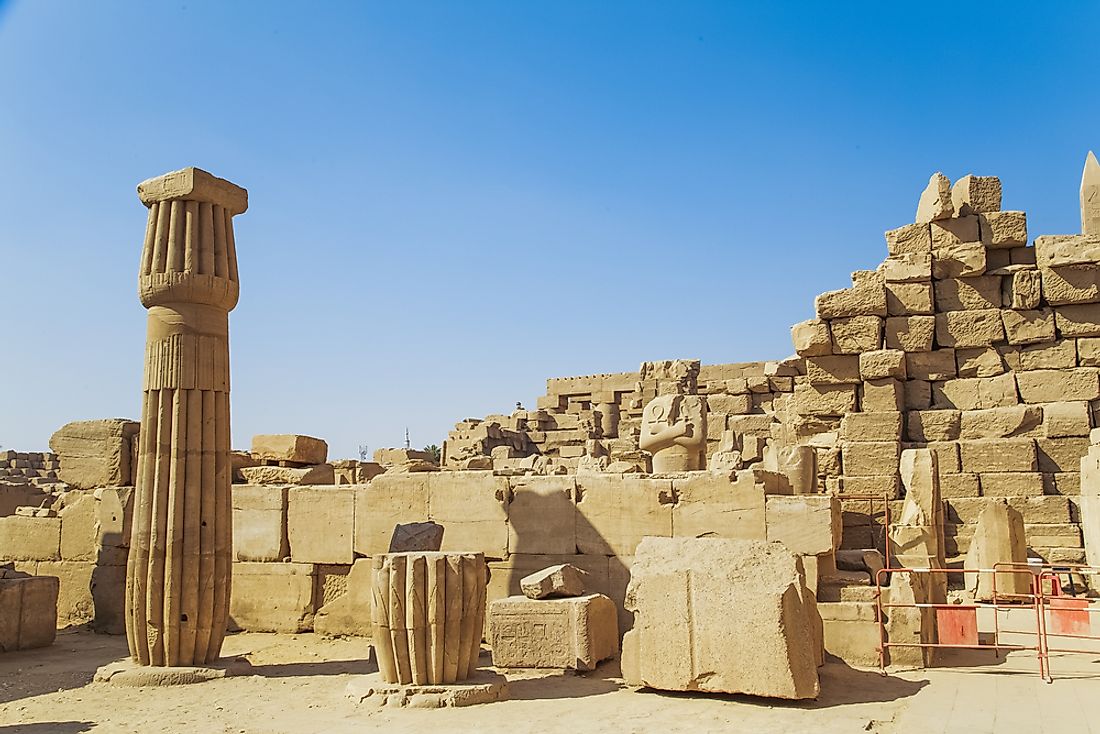
Rock-cut architecture is an ancient form of creating buildings and monuments by scraping away solid rock in its natural setting. One of the most well known of these rock-cut structures is the Great Temple of Ramses II in Egypt. It was completed around 1280 BC, when it was carved out of the side of a cliff. The facade of the temple stands where the side of the cliff once was and the interior extends into the mountain. It stands 98 feet in height and 115 feet long. Along the entrance, 2 statues have been carved out on either side to represent Ramses II seated upon his throne with his defeated enemies (Libyans, Hittites, and Nubians) at his feet.
12. Mar del Plata - Argentina
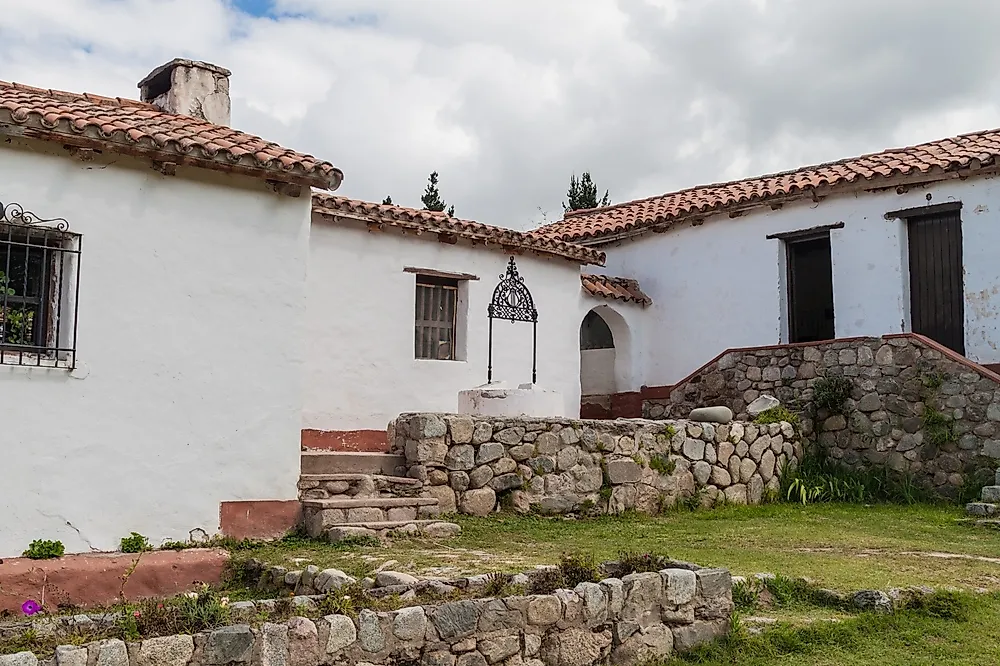
The Mar del Plata architectural style first began in the city of the same name, Mar del Plata, in Argentina. In this country, these homes are also referred to as Californian style, given their resemblance to the mission revival architecture that was common during the late 1800’s in the US. Both styles resemble the Spanish missions that were built in California. Mar del Plata homes were in high demand between 1935 and 1950 and can even be found in the similar seaside towns of Necochea and Miramar. Some of the common features of this architectural style include its use of stone exteriors and decorative log frames. Additionally, these homes are known to have triangular gables, mission tiled roofs, chimneys, and flower beds in front.
11. Hanok - Korea
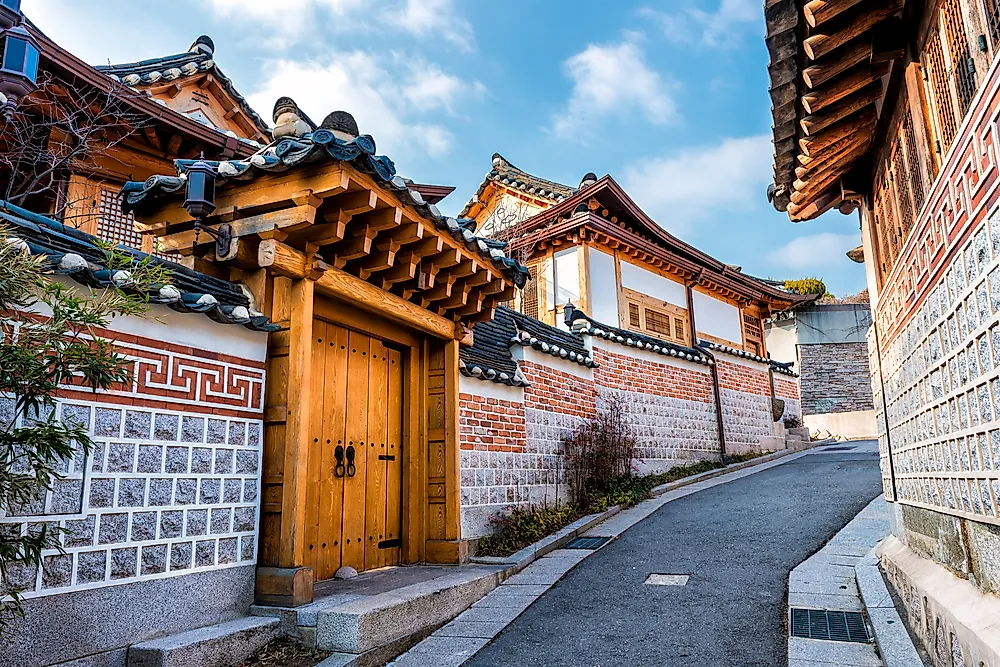
Hanok style houses are traditional throughout the Korean Peninsula and noteworthy for their use of locally-sourced natural materials. One of the most distinguishing features of these homes is the slightly curved roof line that typically runs longwise when looking toward the entrance. Additionally, the flooring within these homes is built in the Ondol style, which allows the floors to be heated by smoke. Architects of hanok houses pay special attention to its placement within the natural surroundings. For example, a hanok should always be built with a mountain at the back and a river in the front.
10. Izba - Russia
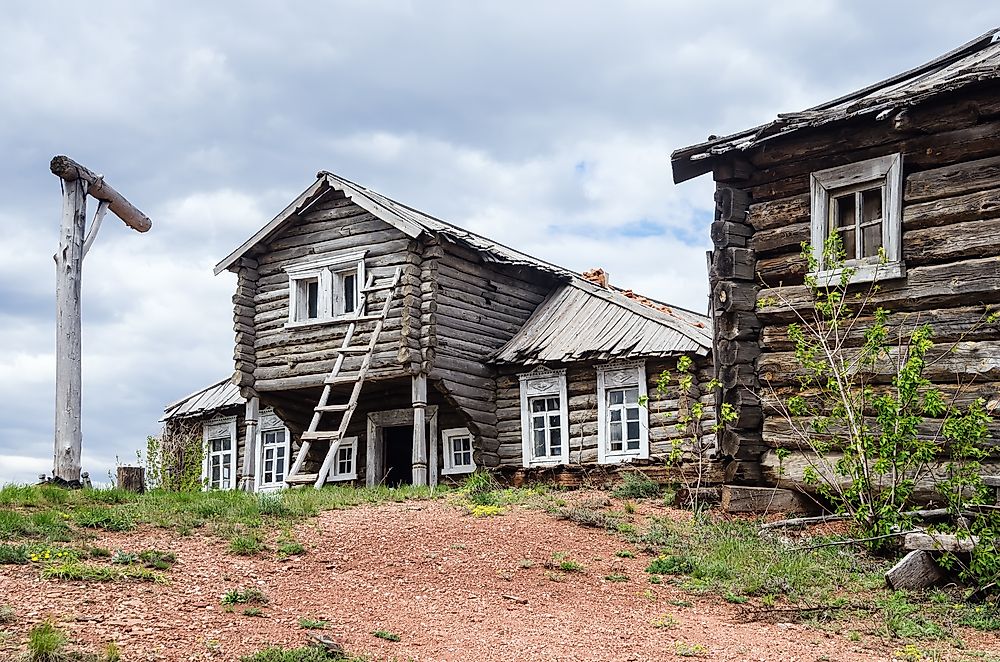
The most traditional housing type that can be found throughout the rural areas of Russia is the izba. These logs are typically cut and shaped by using hand tools so that the timber fits snugly together. Any gaps between the logs are filled with clay found in a nearby river. This particular design was utilized in order to avoid using nails or other metal pieces due to the expense. The roof of an izba has two sloping sides with a series of windows beneath the gable. These windows are just openings in the wall, covered in wooden shutters or hanging animal skins to keep out rain or cold weather. Today, izbas built during the 19th century can be viewed at open-air museums. Older izbas are characterized by a straw roof and a horse’s head, which has been carved into the long roof beam.
9. Adobe house - Regions of North America
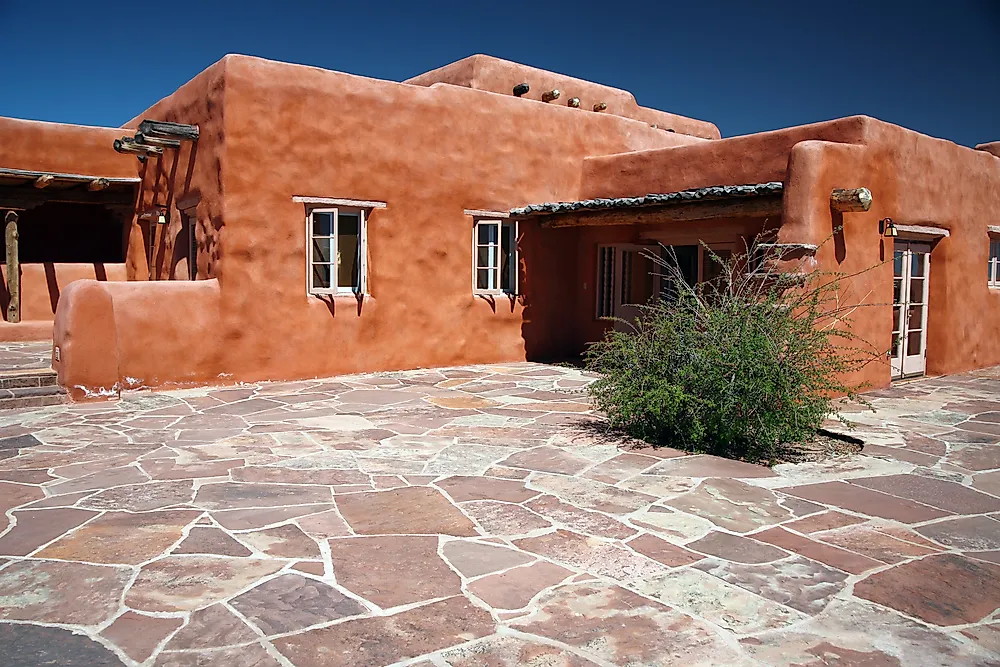
Adobe homes are found in certain regions of North America, like Mexico and the southwestern region of the US, where the climate is hot and dry. Adobe refers to any kind of brick or mound of building material that has been made of sun dried earth (like clay, for example). This practice dates back over 4,000 years. Adobe structures are very durable and the thick walls help keep the interior of the home cool during hot summers. Indigenous groups were the first to use this structural design in North America, piling clay and wet earth into mounds to dry in the sun. When Spanish colonists arrived, they introduced a brick-making method.
8. Stone Cottage - Ireland
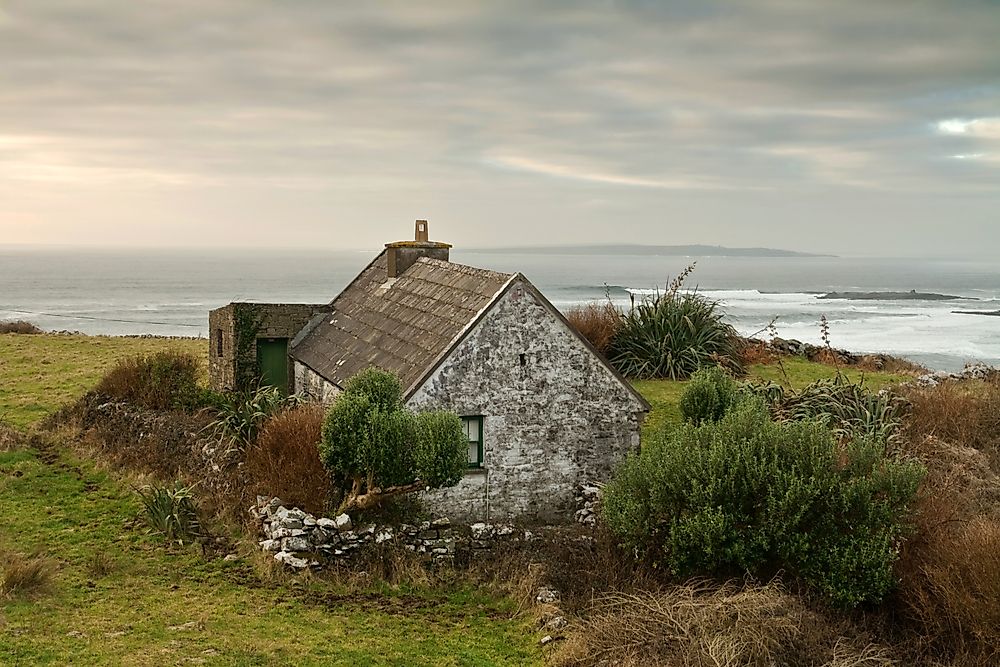
The most common traditional home in Ireland is the stone cottage, which dates back to the 18th century. Historians believe that these stone cottages were first built as a means of replicating the larger homes of wealthier families. Locally-sourced stone was used to build these homes, brought in from a 5-mile radius by pack animals. The floors in these cottage was either fashioned of packed earth or more stone, depending on availability of materials. Stone cottage interiors are similar in that a large fireplace, or hearth, is located in the center of the house. This placement allowed a bedroom to be located behind the fireplace to take advantage of the heat source.
7. Long house - Regions of North America
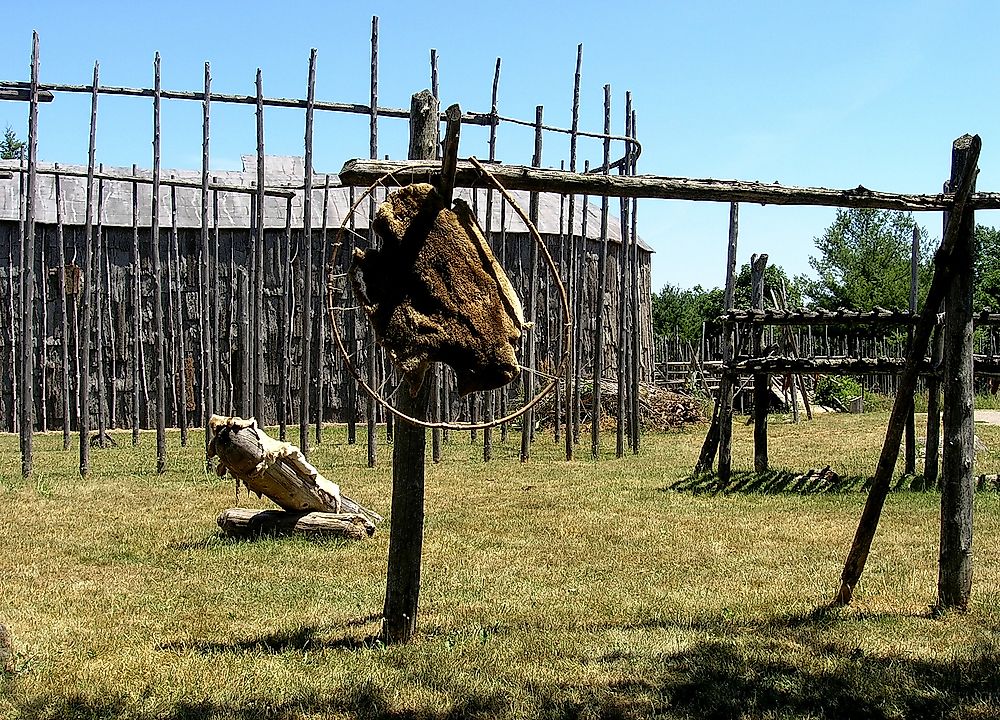
Longhouses are traditional homes that were traditionally built by the Iroquois Native American peoples in North America. Longhouses were considered long term housing and built of a pole frame that was covered in elm bark. These structures could measure as much as 200 feet in length, 20 feet in width, and 20 feet in height. This size would be large enough to house an entire clan or multi-generational family. Straw mats were often hung inside to create separate spaces and platforms were built on raised stilts to take advantage of the high ceilings as sleeping lofts. Historians believe that as many as 60 people could live inside a single longhouse.
6. Thatched Cottage - England
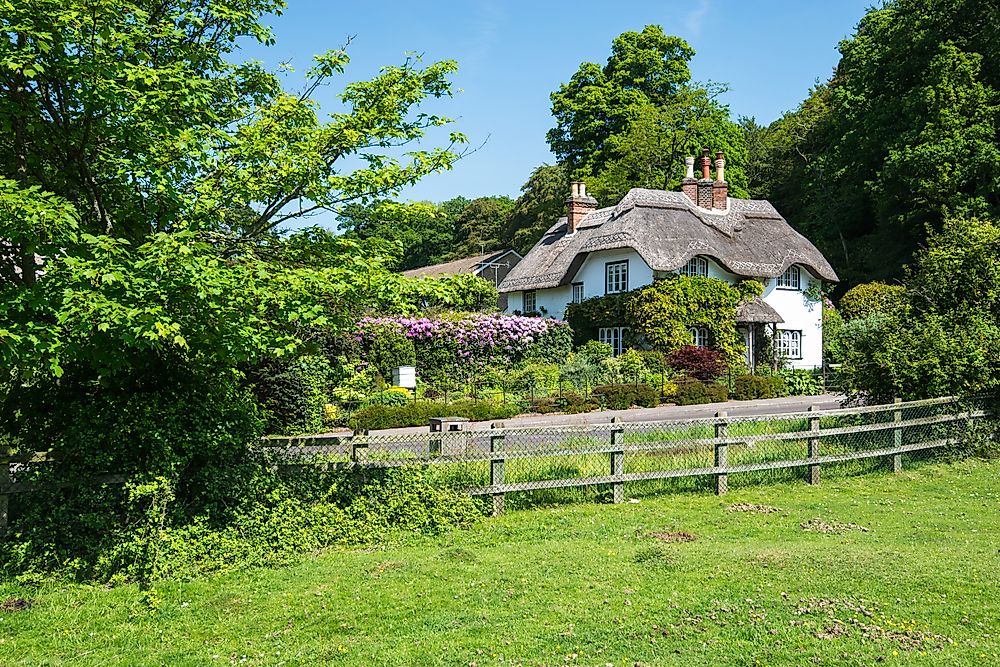
The thatched cottages of England are characterized by their unique roofs, which are made of straw, palm fronds, reeds, or some other dried plant material. This material is laid together so that rain and dampness roll off the outer layer, keeping the interior of the house dry. Additionally, this design helps insulate the home. Thatched cottages were popular in the rural areas of England through the 19th century due to the lack of other roofing materials. This type of roof was once considered a marker of poverty, however, it has once again grown in popularity over the last 3 decades and is now a sign of wealth.
5. Turf houses - Iceland
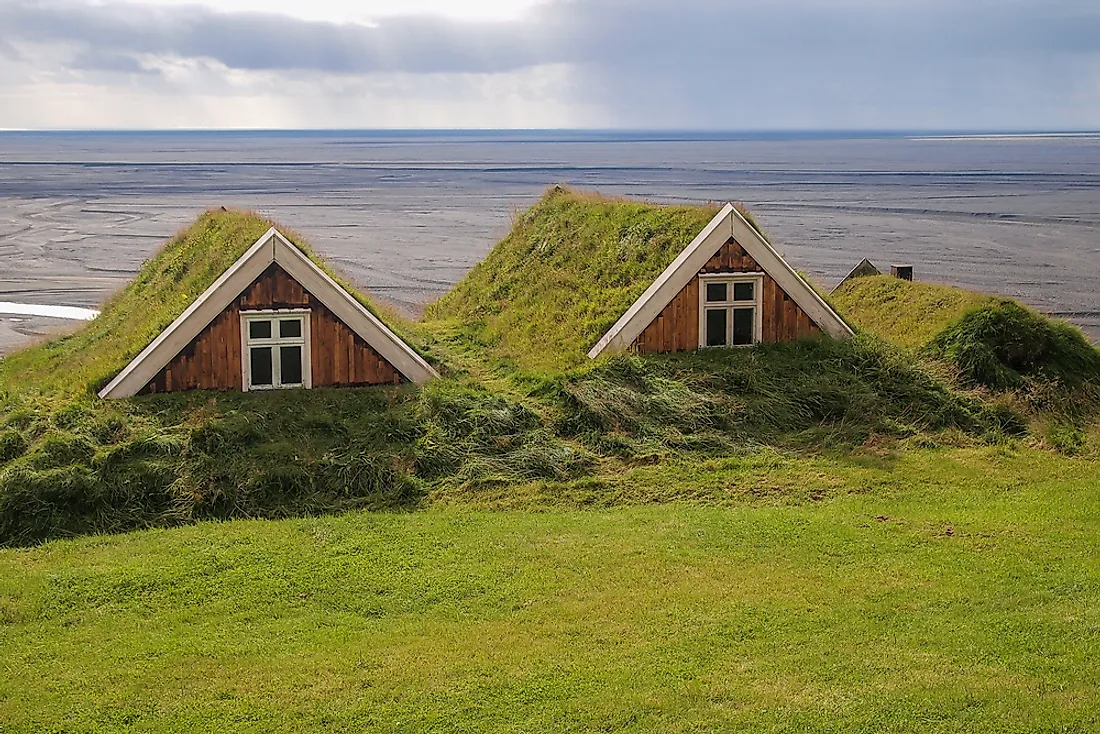
Iceland is known for its unique turf houses, which can be found across the country. These structures have evolved over the last 1,000 years and became popular due to the lack of other building materials. Turf houses consists of a stone foundation and a wooden frame. The frame is filled with blocks of turf, which is grass and the dirt held in place by its roots (also known as sod). The only exposed wood found on a turf house is the entrance door, which is often presented in an ornate design. Earlier styles of turf homes had a central fire in the middle of the long hall and featured bathrooms within the same building. The floors may be laid with stones, wood, or packed earth.
4. Log house - Northern Europe
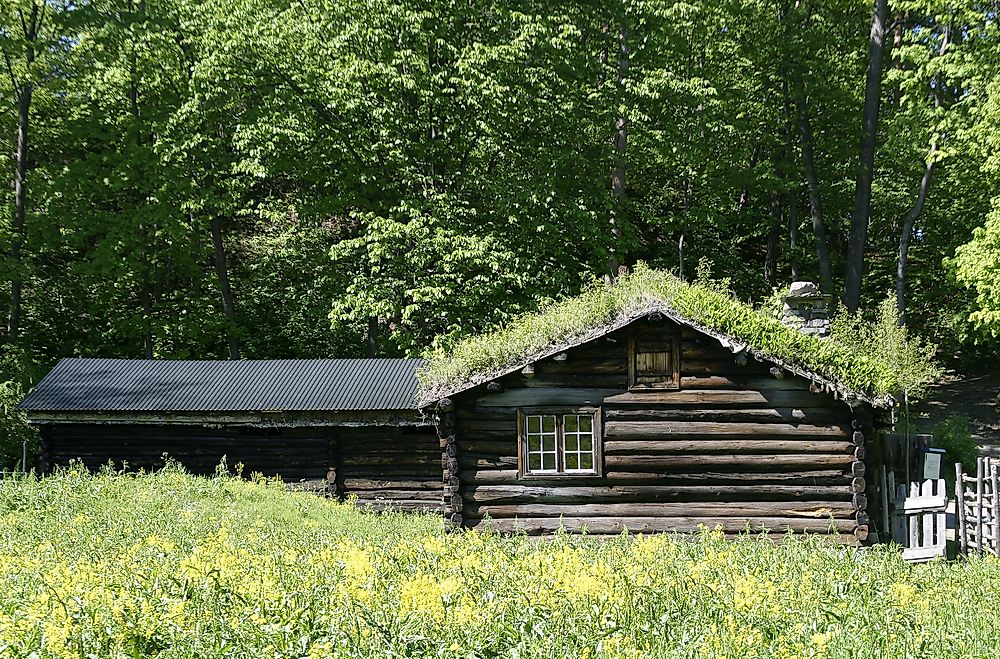
Log houses, also known as log cabins, originated throughout northern Europe in Sweden, Finland, Norway, and Russia, where forests and timber were been plentiful. These homes are characterized by the exterior, which is made of logs placed horizontally and fitted in place at the corners by careful notching in the wood. The practice of building log houses dates back to Viking and Medieval times. At the beginning of the 17th century, Swedish settlers introduced this home style to North America, where it was copied by other colonists and Native American tribes.
3. Jim Thompson House - Thailand
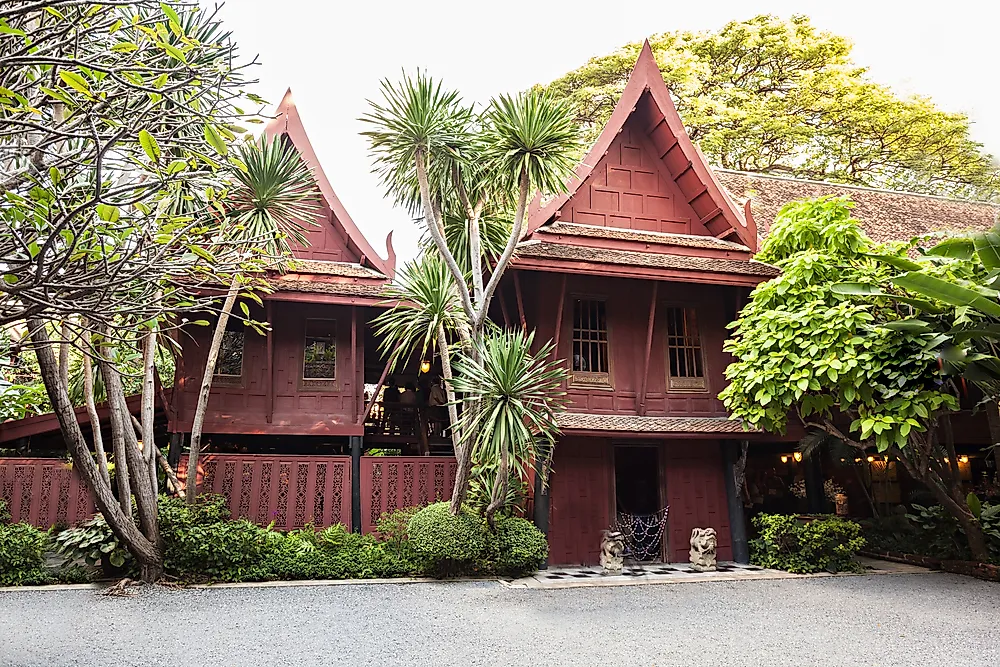
Jim Thompson was an architect and business investor, who lived in Thailand as both a member of the US military and a civilian just after the end of World War II. He designed a large home to display his extensive collection of Asian art that he acquired with the profits from his silk exchange business. Today, this home is a museum and continues to hold his art collection. It was designed by combining 6 traditional Thai houses that were brought down the river from Ayutthaya and Bangkrua. Some of these houses were placed on elevated platforms and all were connected by a staircase located in the center of the home. One of the homes became the central living room for the Jim Thompson house. When Jim Thompson mysteriously disappeared in 1967, his house came under management by the James HW Thompson Foundation.
2. Siheyuan house - China
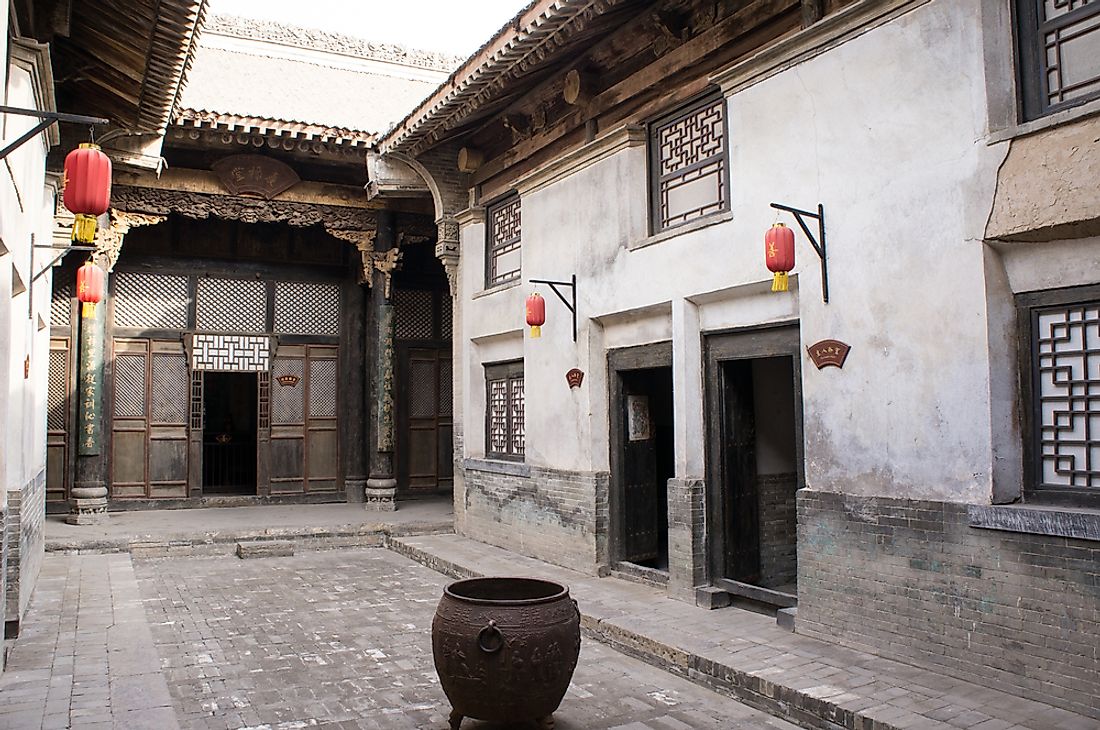
Siheyuan-style homes consist of four buildings, which are arranged in a rectangular shape with a courtyard or garden in the center. Two of these buildings are located in a north-south direction and are considered part of the main house, while the other two are along an east-west axis and considered the side houses. The entrance is located at the southeastern corner and traditionally guarded by two lion statues on either side. The courtyard layout is designed with the natural elements in mind. The northern building, for example, is located in the direction of the water element, which is believed to help protect it from fire. This traditional house is found throughout China, particularly in Beijing, and has been used for over 2,000 years. In fact, this particular design is utilized for monasteries, businesses, temples, government buildings, and palaces as well.
1. Yurt - Central Asia
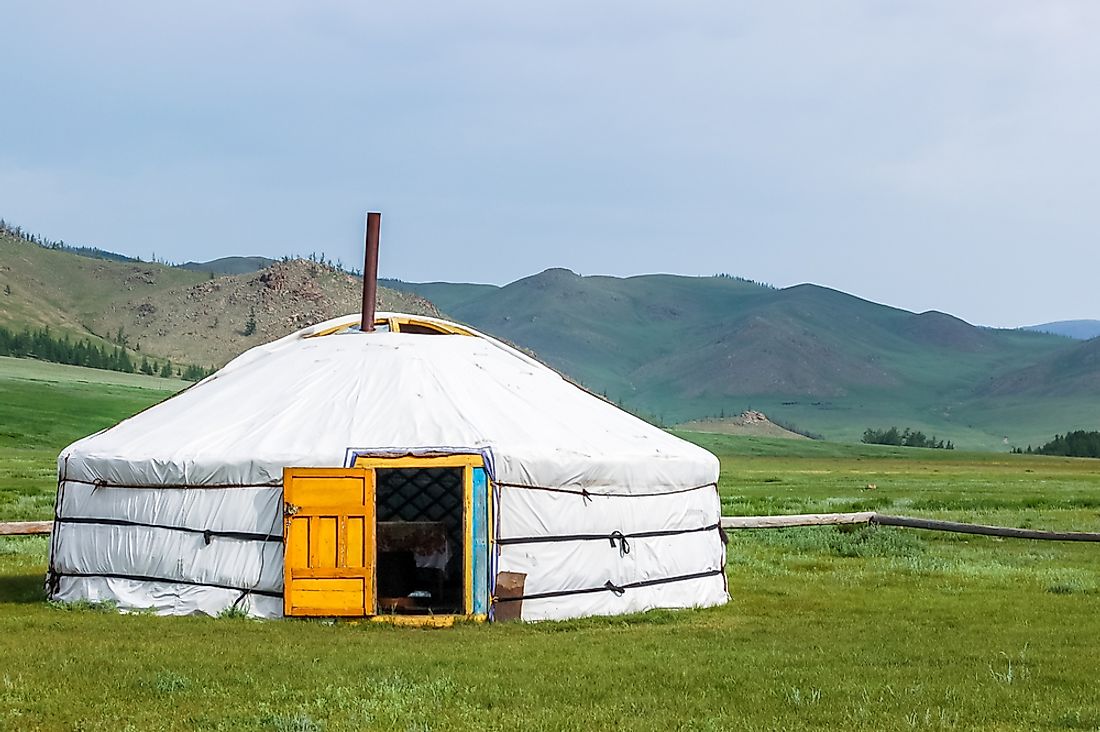
Yurts can be found throughout Central Asia. This circular home is generally associated with the nomadic tribes of Mongolia, although today they are also used as permanent structures and within city limits. Yurts are built by utilizing a collapsible wooden frame which is traditionally covered with wool felt or animal skins. Modern yurts may be covered with an extra layer of canvas to help protect against inclement weather. This structure has been used for thousands of years. One of its most important features is the steeply sloped roof, which has a hole in the center that allows smoke to escape from the home.











